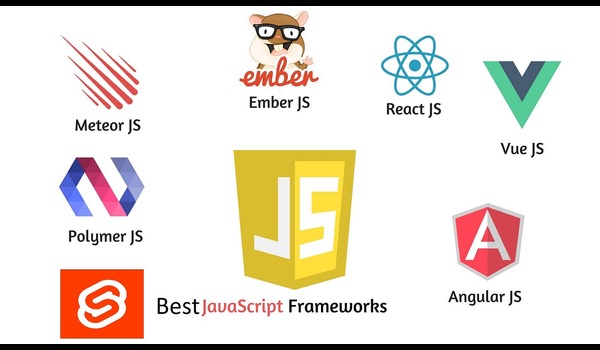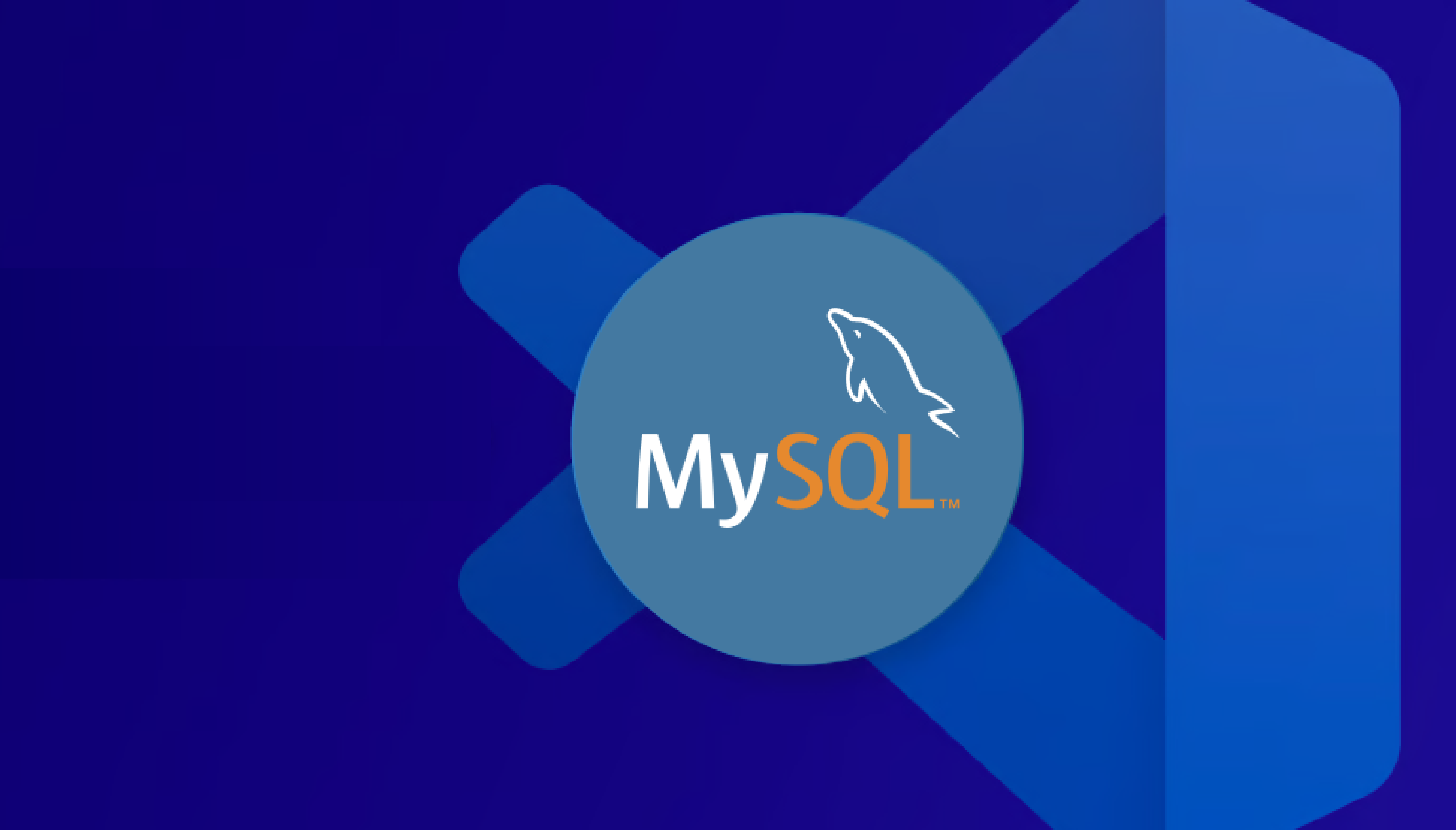Introduction to FullStack Innovations
Imagine building entire applications from scratch with a single skill set. In today’s tech landscape, FullStack development enables this by combining frontend and backend technologies for a seamless development process. Embracing these FullStack innovations helps developers achieve greater efficiency and effectiveness, meeting the rising demand for comprehensive tech skills. Notably, in line with Selfmade Ninja Lab cloud lab training for aspiring IT students, understanding FullStack development is key for IT professionals.
By mastering FullStack Innovations, developers can meet modern demands for seamless application development.
FullStack Innovations empower developers to build entire applications seamlessly by combining frontend and backend technologies. This approach enables efficiency and effectiveness, meeting the rising demand for comprehensive tech skills.
Why FullStack Development Matters
FullStack development is about integration, uniting various technologies to create a smooth, streamlined development experience. By mastering both frontend and backend tasks, developers can address a wide range of challenges more effectively. This holistic approach simplifies workflows and enhances troubleshooting, which aligns with the goals of Selfmade Ninja Lab cloud lab training for aspiring IT students.
Key Innovations in FullStack Development

Modern Frameworks and Libraries
The rise of modern frameworks and libraries has transformed FullStack development. Frontend technologies like React, Vue.js, and Angular have expanded web design capabilities, enhancing user interactions. Similarly, backend tools like Node.js and Express.js streamline server-side operations, making complex tasks manageable. These frameworks and libraries not only accelerate development but also enhance the quality of applications, aligning with the practical skills taught in Selfmade Ninja Lab cloud lab training for aspiring IT students.
API-First Design
An API-first approach is, indeed, reshaping how applications are designed and developed. By prioritizing the creation of robust APIs before diving into the application itself, developers ensure that integrations and functionalities are well-defined and scalable. Therefore, this strategy leads to smoother development processes and, more importantly, more reliable application performance.
Serverless Architecture
Serverless architecture revolutionizes deployment, freeing developers from managing server infrastructure. By leveraging platforms like AWS Lambda, developers focus on writing code while applications scale automatically. This approach reduces overhead, aligning with Selfmade Ninja Lab cloud lab training for aspiring IT students’s goal to train IT professionals in efficient, scalable development.
Microservices and Containerization
The move towards microservices and containerization, with tools like Docker and Kubernetes, is reshaping application development. Microservices break applications into manageable components, while containers ensure consistency across stages. This structure boosts scalability, maintainability, and reliability—skills emphasized in Selfmade Ninja Lab cloud lab training for aspiring IT students.
Skills Every FullStack Developer Should Master

Proficiency in JavaScript
JavaScript is the backbone of FullStack development. Mastering JavaScript frameworks and libraries is essential for building interactive applications. Staying updated with the latest JavaScript practices is crucial, as it directly benefits projects like Selfmade Ninja Lab cloud lab training for aspiring IT students by ensuring practical, cutting-edge skills.
Understanding Databases
Version control systems, such as Git, are indispensable in modern development. They facilitate collaboration, track changes, and manage code versions with ease. Mastering version control enhances project management and teamwork, which are important in programs like Selfmade Ninja Lab cloud lab training for aspiring IT students.
Version Control Systems
Version control systems, such as Git, are indispensable in modern development. They facilitate collaboration, track changes, and manage code versions with ease. Mastering version control enhances project management and teamwork, which are important in programs like Selfmade Ninja Lab cloud lab training for aspiring IT students.
Best Practices for FullStack Development

Adopt Agile Methodologies
Agile methodologies support iterative development and ongoing feedback, enabling developers to adapt quickly. Agile workflows encourage collaboration and flexibility, essential for project success. This aligns well with the objectives of Selfmade Ninja Lab cloud lab training for aspiring IT students, emphasizing efficient and high-quality solutions.
Emphasize Code Quality
Writing clean, maintainable code is fundamental. Adhering to coding standards and best practices aids in preventing issues, simplifying debugging, and fostering collaboration. This commitment to quality is central to the outcomes of Selfmade Ninja Lab cloud lab training for aspiring IT students.
Continuous Integration and Deployment
Continuous Integration (CI) and Continuous Deployment (CD) automate testing and deployment, accelerating development cycles. This approach enables faster releases, greater stability, and improved efficiency, making it an essential skill for Selfmade Ninja Lab cloud lab training for aspiring IT students..
Conclusion
As FullStack development continues to evolve, embracing new technologies and methodologies is essential for staying competitive. By mastering key innovations and skills, developers can create efficient, scalable applications that meet current demands. The skills covered in Selfmade Ninja Lab cloud lab training for aspiring IT students empower IT professionals to succeed in the ever-evolving tech landscape, opening new paths for growth and success.
FAQ
1. What is FullStack development?
FullStack development refers to the practice of working on both the frontend (client-side) and backend (server-side) of an application. It allows developers to handle everything from user interfaces to databases and server logic.
2. Why is FullStack development important?
FullStack development enables developers to create complete applications using a unified skill set. This streamlines the development process and allows developers to troubleshoot issues more effectively, reducing project complexity.
3. What are the key technologies a FullStack developer should know?
FullStack developers should master frontend technologies like HTML, CSS, and JavaScript (with frameworks like React, Vue.js), and backend technologies such as Node.js, Express.js, and databases like SQL and NoSQL.
4. How does serverless architecture benefit FullStack development?
Serverless architecture removes the need for server management. By using platforms like AWS Lambda, FullStack developers can focus solely on coding, reducing operational overhead and enhancing scalability.
5. What is the role of microservices in FullStack development?
Microservices break large applications into smaller, independent services that can be developed, deployed, and maintained separately, promoting scalability and flexibility. This modular approach is central to Selfmade Ninja Lab cloud lab training for aspiring IT students.



